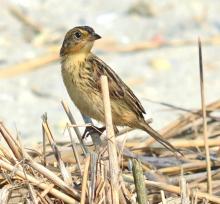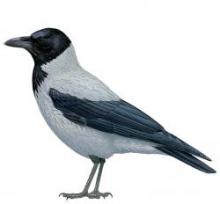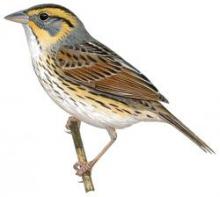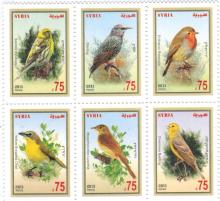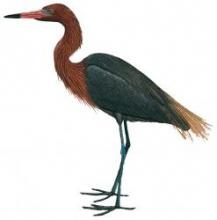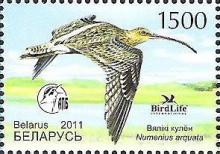
Breeding birds in the Wadden Sea do not raise enough offspring to keep the population in a healthy condition. This is the conclusion of a review published today by the Common Wadden Sea Secretariat and the Joint Monitoring Breeding Bird Group (JMBB). The report conducted an analysis of the breeding success among birds in the Wadden Sea over the years 2009–2012. It found that especially typical Wadden Sea bird species, like the oystercatcher, the avocet and the arctic tern, were hardly able to raise any young. The black-headed gull, the lesser black-backed gull, the herring gull and the common tern also showed poor breeding results at many breeding sites across the Wadden Sea. These results apply to the international Wadden Sea, in Denmark, Germany and the Netherlands, but correspond to previous results from a long-term monitoring project in the Dutch Wadden Sea, which also showed that low breeding success was an important driver for the decline of most breeding bird species. “The number of birds of several species in the Wadden Sea has continuously declined over the past 20 years. A report published in June 2015 revealed that 15 out of 26 breeding bird species showed a negative trend. This does not mean that adult birds have a higher mortality rate. We now know that poor breeding success is the main factor that explains the decline,” says Gerold Lüerßen of the Common Wadden Sea Secretariat (CWSS), who coordinates the Trilateral Monitoring Migratory and Breeding Bird Group.

